Working from home has become the new normal for many of us, but it comes with its own set of challenges. Distractions lurk around every corner, and the line between work and personal life can get blurry. But with the right strategies, you can boost your productivity and achieve more in less time. These tried-and-tested hacks will help you create a work-from-home routine that maximises your efficiency and minimises stress. Ready to supercharge your workday? Let’s explore these game-changing productivity tips!
Create a Dedicated Workspace

Set up a specific area in your home for work. This helps your brain associate that space with productivity. Ensure it’s comfortable, well-lit, and free from distractions. Your dedicated workspace will help you mentally switch into ‘work mode’ when you sit down. Consider adding some plants or personal touches to make the space more inviting and conducive to focus.
Stick to a Schedule
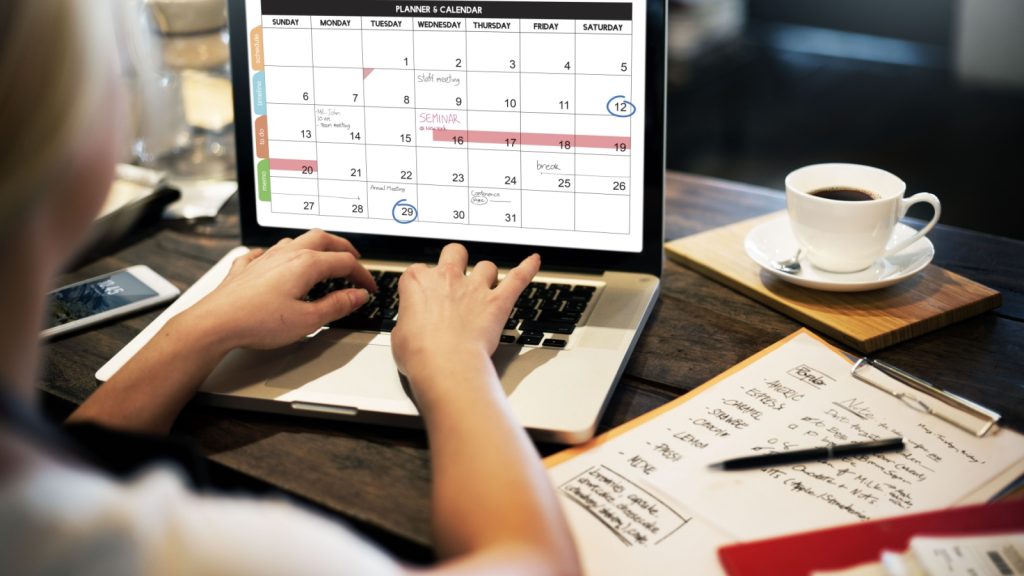
Establish a routine and stick to it. Set regular working hours and try to start and end your workday at the same time each day. This structure helps maintain a healthy work-life balance and signals to your brain when it’s time to focus on work. Include regular breaks in your schedule to prevent burnout and maintain high productivity levels throughout the day.
Dress for Success
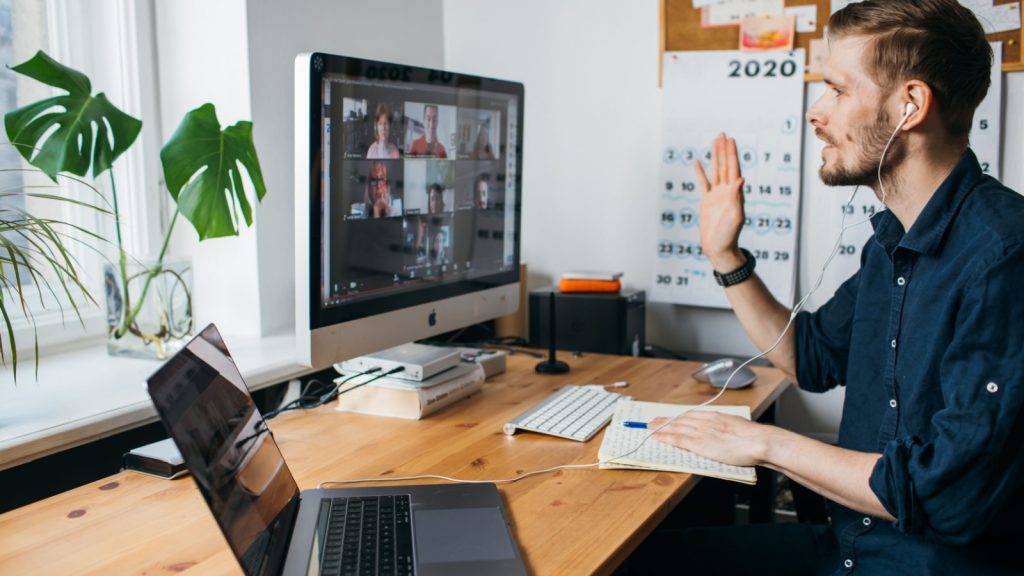
While working in pyjamas might be tempting, getting dressed as if you’re going to the office can boost your productivity. It puts you in a professional mindset and can increase your confidence and motivation. You don’t need a full suit, but changing out of your sleepwear can make a big difference. Consider having a ‘work wardrobe’ that’s comfortable but distinct from your loungewear to help maintain this boundary.
Use the Pomodoro Technique

Try the Pomodoro Technique to manage your time effectively. Work for 25 minutes, then take a 5-minute break. After four ‘Pomodoros’, take a longer break of 15-30 minutes. This method helps maintain focus and prevents burnout. There are many free Pomodoro timer apps available that can help you implement this technique easily.
Batch Similar Tasks

Group similar tasks together and tackle them in one go. This reduces the mental energy spent switching between different types of work. For example, do all your emails at once, or schedule all your meetings for a specific part of the day. This approach, known as ‘task batching’, can significantly reduce the time lost to context switching.
Implement the Two-Minute Rule

If a task takes less than two minutes to complete, do it immediately. This prevents small tasks from piling up and becoming overwhelming. It’s a simple yet effective way to keep your to-do list manageable. This rule can be especially useful for quick emails, small organisational tasks, or brief phone calls.
Use Time-Blocking
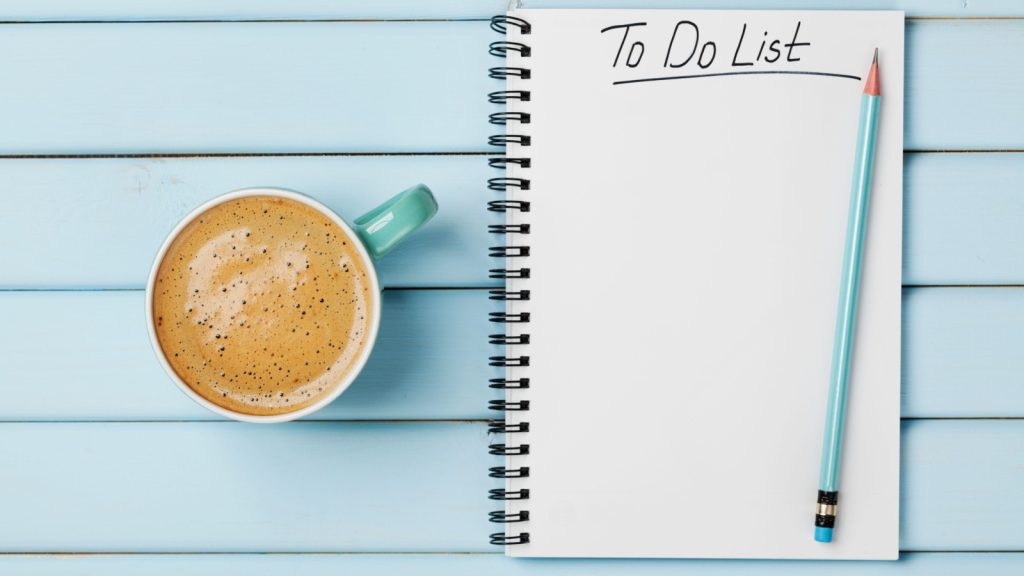
Plan your day in blocks of time, assigning specific tasks to each block. This helps you stay focused and gives you a clear overview of your day. Be sure to include breaks and buffer time between tasks. Time-blocking can also help you identify and eliminate time-wasting activities by making you more aware of how you spend your time.
Minimize Distractions

Turn off notifications on your phone and computer during work hours. Use website blockers if necessary to avoid time-wasting sites. Creating a distraction-free environment is crucial for maintaining focus and productivity. Consider using noise-cancelling headphones or white noise to block out environmental distractions.
Take Regular Breaks

Don’t skip your breaks. Regular short breaks can actually improve your productivity. Use this time to stretch, grab a healthy snack, or do a quick meditation. It helps refresh your mind and prevents fatigue. The ideal break length can vary, but many find that 5-15 minute breaks every hour or two work well.
Stay Hydrated

Keep a water bottle at your desk and drink regularly. Staying hydrated improves cognitive function and helps maintain energy levels. Set reminders if you often forget to drink water throughout the day. Aim for at least 8 glasses of water a day, more if you’re consuming caffeinated beverages.
Use a Task Management Tool
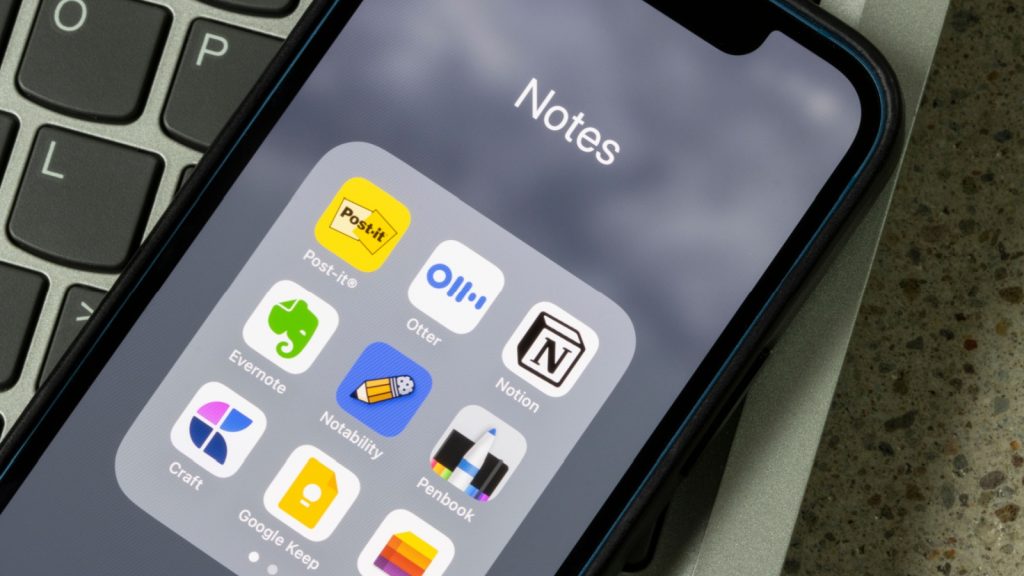
Utilize a digital task management tool to keep track of your to-do list. Options like Trello, Asana, or even a simple notes app can help you stay organized. Having a clear overview of your tasks can reduce stress and improve productivity. Regularly review and update your task list to ensure it remains relevant and manageable.
Practice the ‘Eat the Frog’ Technique

Tackle your most challenging or important task first thing in the morning. This ‘frog’ is often the task you’re most likely to procrastinate on. Getting it done early sets a positive tone for the rest of your day. This technique, popularised by Brian Tracy, can significantly boost your overall productivity and sense of accomplishment.
Set Clear Boundaries

Communicate your working hours to family members or housemates. Use a ‘do not disturb’ sign if necessary. Clear boundaries help minimize interruptions and maintain your focus during work hours. Consider having a conversation with your household about respecting your work time and space to avoid misunderstandings.
Utilize Natural Light

Position your workspace near a window if possible. Natural light can improve mood and increase productivity. If natural light isn’t available, invest in a good quality lamp that mimics daylight. Exposure to natural light also helps regulate your circadian rhythm, which can improve your sleep quality and overall well-being.
Take Advantage of Your Peak Hours

Identify your most productive hours and schedule your most important tasks during this time. Some people are morning larks, others are night owls. Work with your natural rhythm for maximum efficiency. Keep a productivity journal for a week to identify your peak performance times.
Use the 5-Second Rule

When you think of something you need to do, count backwards from 5 and then immediately take action. This technique, developed by Mel Robbins, helps overcome procrastination and builds momentum. It’s particularly useful for tasks you tend to overthink or put off.
Implement a Shutdown Ritual
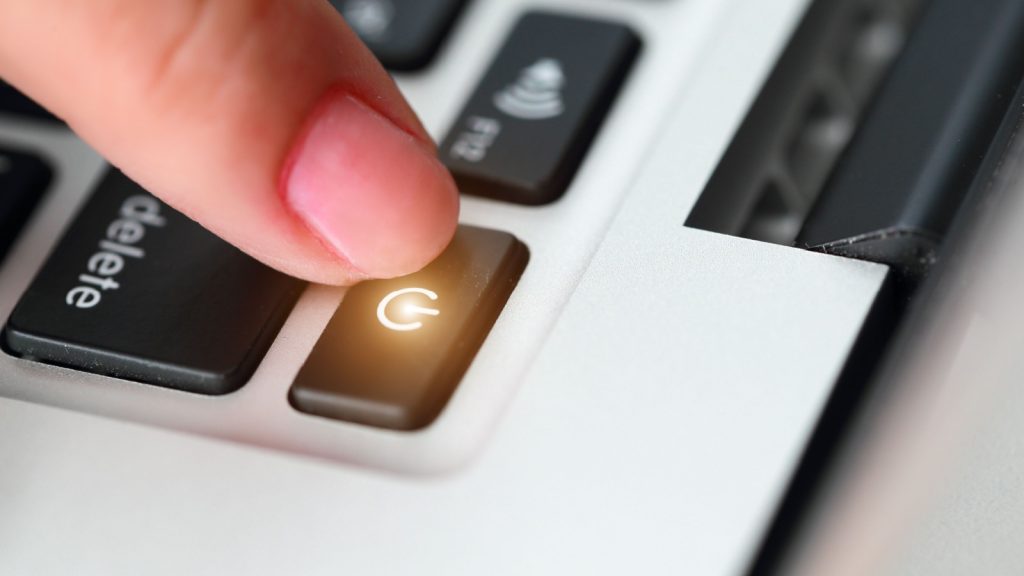
Create a end-of-day routine to signal the end of your workday. This could include reviewing your tasks for the next day, clearing your desk, or simply shutting down your computer. It helps create a clear division between work and personal time. A consistent shutdown ritual can also improve your ability to ‘switch off’ from work and reduce work-related stress in your personal time.
Practice Mindfulness

Take a few minutes each day for mindfulness exercises. This could be meditation, deep breathing, or simply focusing on the present moment. Mindfulness can reduce stress and improve focus and productivity. Even a short 5-minute mindfulness practice can have significant benefits for your mental clarity and work performance.
Use Keyboard Shortcuts
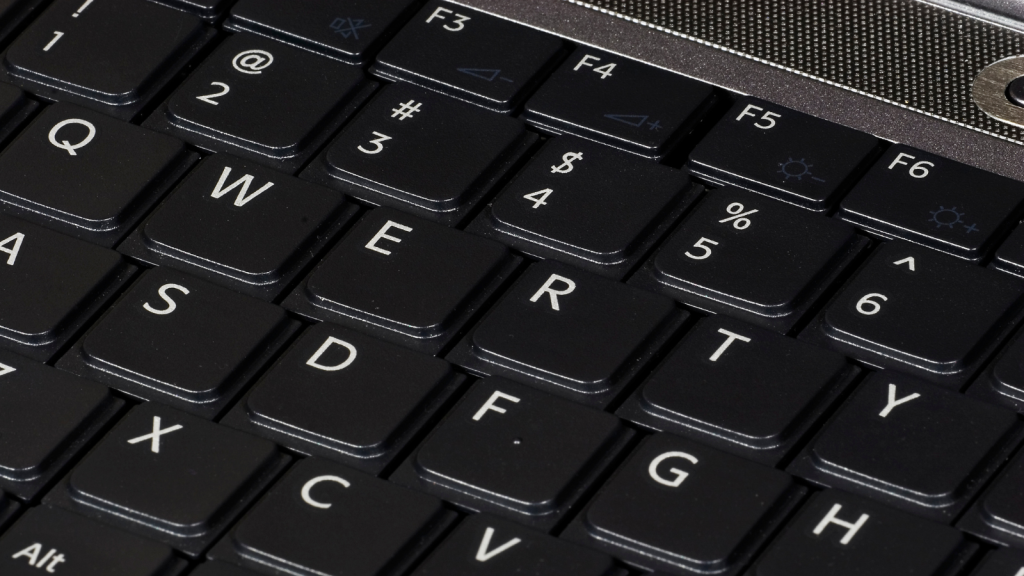
Learn and use keyboard shortcuts for your most-used applications. This small time-saver can add up to significant time savings over the course of a day. It also reduces the strain on your wrists from constant mouse use. Many applications have built-in shortcut guides, or you can find comprehensive lists online.
Declutter Regularly
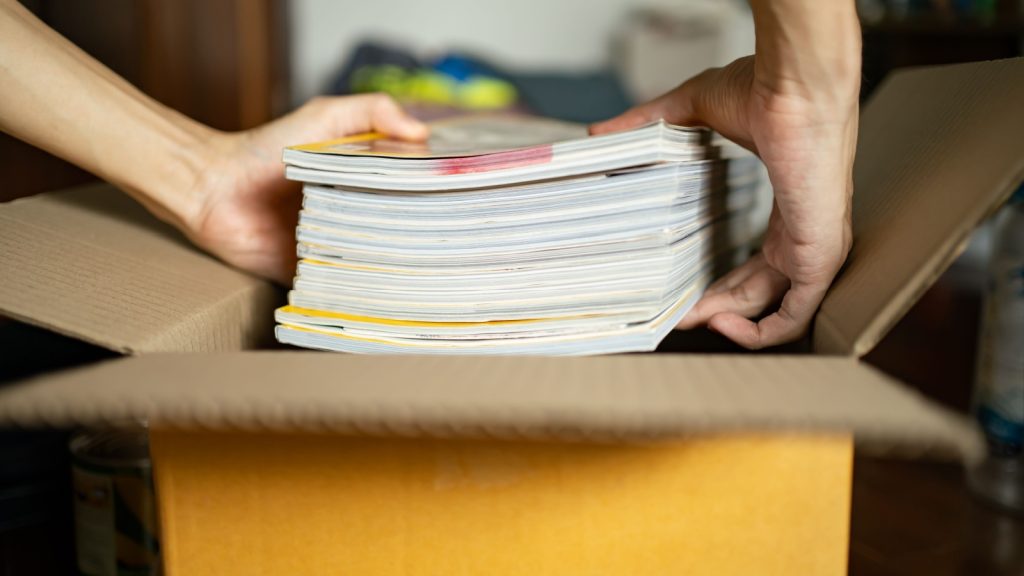
Keep your workspace tidy and organized. A cluttered environment can lead to a cluttered mind. Take a few minutes at the end of each day to clear your desk and organize your materials for the next day. Consider adopting a minimalist approach to your workspace, keeping only essential items within reach.
Leverage Technology
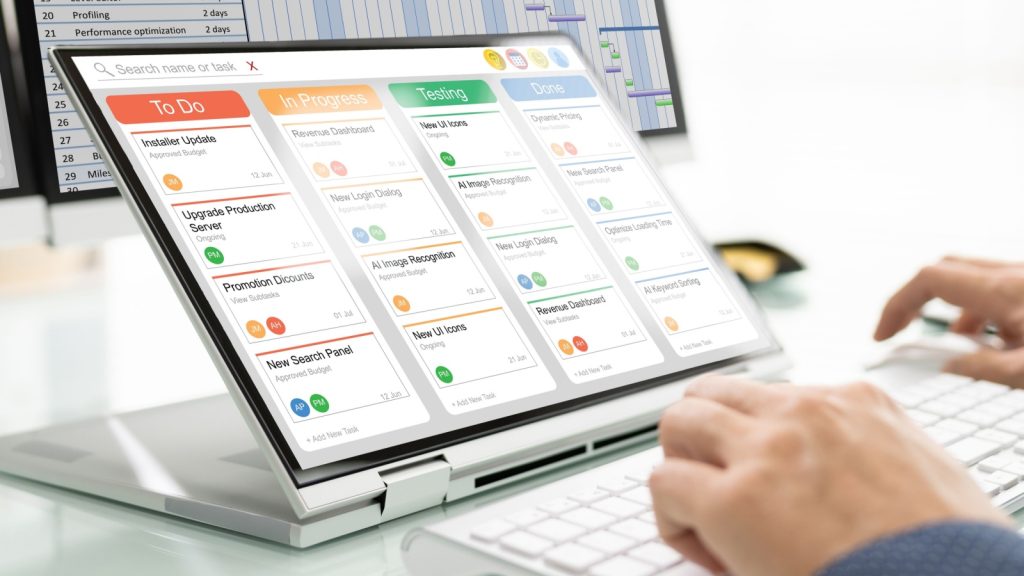
Use productivity apps and tools to streamline your work. From time-tracking apps to project management software, the right tech can significantly boost your efficiency. Experiment with different tools to find what works best for you. Remember to regularly review and cull your tech tools to avoid digital clutter and app overload.
Practice the Two-Task Solution

When you’re feeling unmotivated, give yourself a choice between two tasks. This makes starting work feel less daunting and gives you a sense of control. Often, once you start one task, you’ll find the motivation to continue working. This technique can be particularly effective when dealing with procrastination or decision fatigue.
Use the ‘Touch It Once’ Rule

When you open an email or receive a document, deal with it immediately if possible. This prevents tasks from piling up and reduces the mental clutter of unfinished business. If you can’t complete the task immediately, schedule a specific time to address it rather than leaving it open-ended.
Implement Standing Breaks
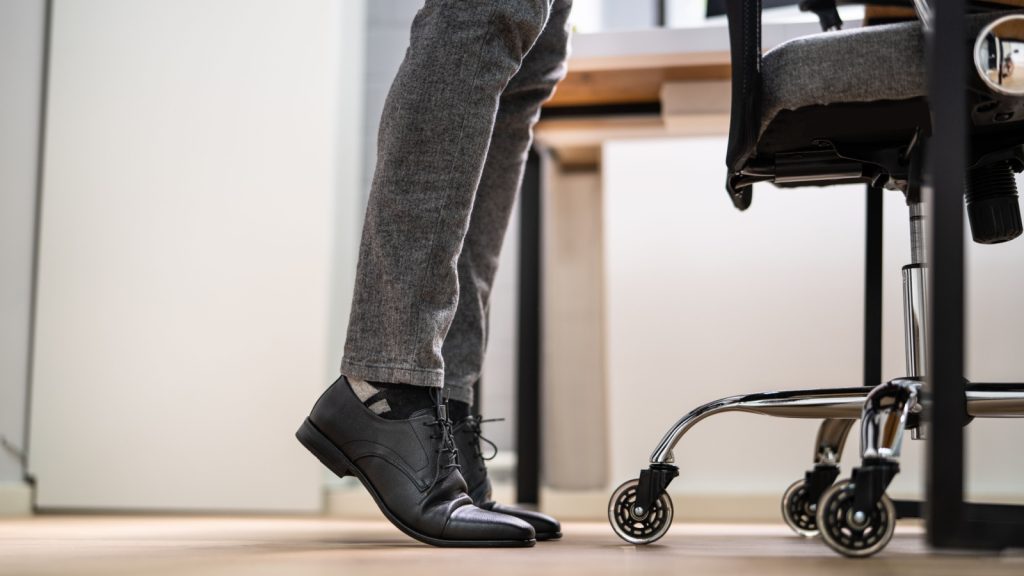
If you have a sedentary job, try standing up every hour for a few minutes. This improves circulation, reduces the health risks of prolonged sitting, and can give you a quick energy boost. Consider investing in a standing desk or a desk converter to alternate between sitting and standing throughout your workday.
Katy Willis is a writer, master herbalist, master gardener, and certified canine nutritionist who has been writing since 2002. She’s finds joy in learning new and interesting things, and finds history, science, and nature endlessly fascinating.

